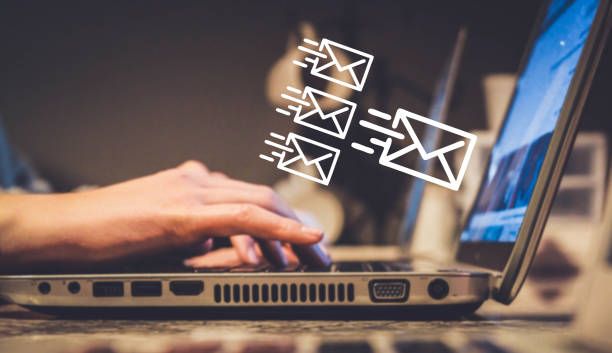Email marketing is an essential tool for businesses to engage with their audience and drive conversions. However, one of the challenges that marketers face is a high bounce rate, which can negatively impact the effectiveness of their campaigns. In this comprehensive guide, we will explore expert strategies and best practices to help you reduce bounce rate in email marketing. By following these tips, you can improve email deliverability, enhance customer engagement, and achieve better results from your email campaigns.
Understanding Bounce Rate
Bounce rate refers to the percentage of emails that fail to reach the recipients' inboxes. There are two types of bounces: hard bounces and soft bounces. A hard bounce occurs when an email is permanently rejected due to invalid or non-existent email addresses. On the other hand, a soft bounce is a temporary delivery issue, such as a full mailbox or a server error.
Why Reduce Bounce Rate?

- Better Email Deliverability: Reducing bounce rate improves your email deliverability, ensuring that your messages reach the intended recipients. This helps maintain a positive sender reputation and increases the chances of engagement and conversions.
- Cost Efficiency: A high bounce rate can waste resources and impact your return on investment (ROI). By reducing bounces, you can optimize your email marketing budget and focus on engaging with the audience that is genuinely interested in your offerings.
- Enhanced Sender Reputation: A consistently high bounce rate can harm your sender reputation, leading to emails being marked as spam or blocked by internet service providers (ISPs). By reducing bounces, you can maintain a positive reputation and increase the likelihood of inbox placement.

Strategies to Reduce Bounce Rate
- Implement Double Opt-In: Use double opt-in methods to verify and confirm email addresses. This process ensures that subscribers enter a valid email address and actively consent to receive your emails. It helps reduce the chances of typos or fake email addresses.
- Regularly Clean Your Email List: Periodically clean your email list by removing invalid or inactive email addresses. Use email validation services or implement re-engagement campaigns to update and maintain an active subscriber base.
- Segment Your Email List: Segmenting your email list allows you to send targeted messages to specific groups of subscribers. By tailoring content based on their preferences and behavior, you can increase engagement and reduce the likelihood of bounces.
- Use a Reliable Email Service Provider (ESP): Choose a reputable email service provider that has strong relationships with ISPs and implements robust email deliverability practices. A reliable ESP can help ensure that your emails have a higher chance of reaching the inbox.
- Optimize Email Content and Design: Craft engaging and personalized email content that resonates with your audience. Use compelling subject lines, clear calls-to-action, and mobile-responsive designs. By providing value and relevance, you can improve engagement and reduce the likelihood of bounces.
- Monitor and Analyze Bounce Reports: Regularly monitor your bounce reports to identify patterns and trends. Categorize bounces as hard or soft bounces and take appropriate action. Analyzing bounce data can provide insights into potential issues and help you refine your email marketing strategies.
Frequently Asked Questions
Q1. What is an acceptable bounce rate for email campaigns?
A1. While acceptable bounce rates may vary depending on industry and email list quality, a general benchmark for a healthy bounce rate is below 2%.
Q2. How often should I clean my email list to reduce bounce rate?
A2. It is recommended to clean your email list regularly, at least every six months or whenever you notice a significant increase in bounce rate. This helps remove invalid or inactive email addresses and keeps your list up-to-date.
Q3. Can I recover bounced email addresses?
A3. For soft bounces, you can attempt to recover email addresses by addressing the temporary delivery issues. However, for hard bounces due to invalid or non-existent addresses, it is best to remove them from your list as they can negatively impact your deliverability.
Q4. Are there any tools available to help reduce bounce rate in email marketing?
A4. Yes, there are email verification and validation tools that can help identify and remove invalid email addresses from your list. These tools can help reduce bounce rates and improve deliverability.
Conclusion
Reducing bounce rate is crucial for effective email marketing. By implementing the strategies and best practices outlined in this guide, you can enhance email deliverability, improve engagement, and drive better results from your campaigns. Remember to use double opt-in, regularly clean your email list, segment your subscribers, choose a reliable email service provider, optimize your email content, and monitor bounce reports. By taking these proactive steps, you can reduce bounce rate, maintain a positive sender reputation, and achieve success in your email marketing endeavors.

